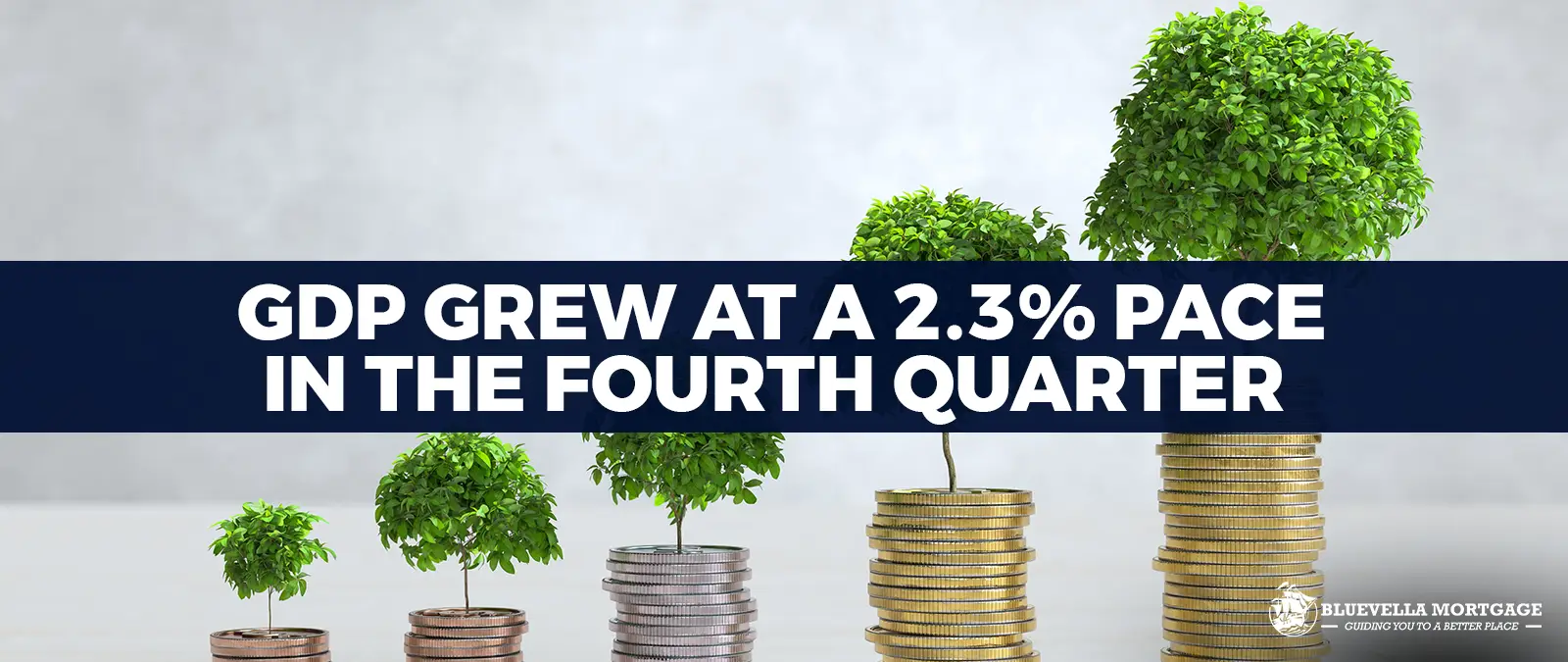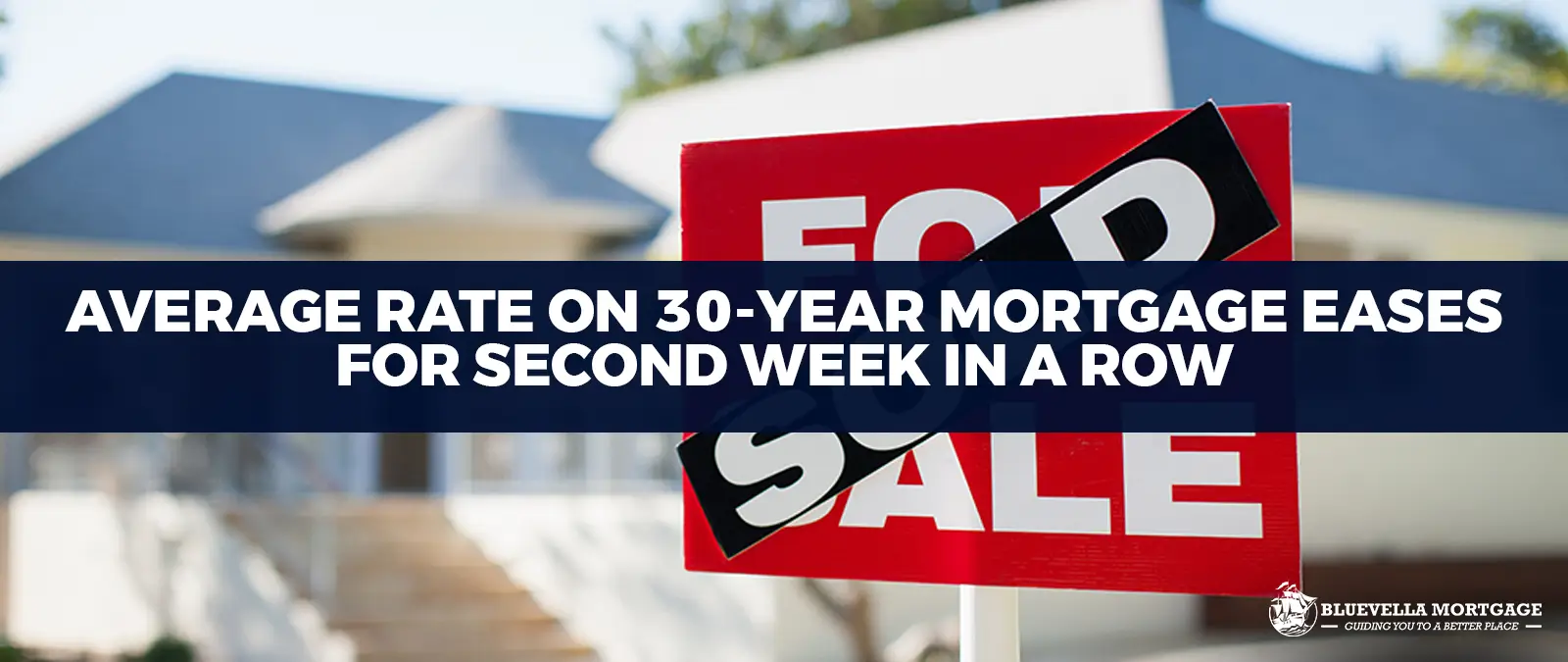What is a DSCR Loan?
A DSCR loan, or Debt Service Coverage Ratio loan, is a specialized type of non-QM (non-qualified mortgage) loan specifically designed for real estate investors. Unlike traditional mortgage loans, which primarily assess an applicant’s personal income to determine eligibility, a DSCR loan shifts the focus to the income generated by the investment property itself. This fundamental difference makes DSCR loans particularly advantageous for investors who may not have a conventional income profile but own properties that yield substantial rental income.
The Debt Service Coverage Ratio is a key metric in this type of loan. It is calculated by dividing the property’s annual net operating income by its total annual debt obligations. Essentially, the DSCR measures the property’s ability to cover its debt payments. A ratio above 1 indicates that the property generates sufficient income to cover its debt, making it a viable candidate for a DSCR loan. For instance, a DSCR of 1.25 means the property produces 25% more income than is needed to meet debt obligations.
This loan structure is particularly important for real estate investors for several reasons. Firstly, it allows investors to leverage the income potential of their properties, enabling them to expand their portfolios more rapidly than they might with traditional loans. Secondly, it provides a solution for investors whose personal income may not meet the stringent requirements of conventional mortgage underwriting. Finally, by focusing on the property’s income rather than the borrower’s personal financial situation, DSCR loans offer a more accurate reflection of the investment’s viability.
In summary, the DSCR loan stands out as a crucial financial tool for real estate investors. By emphasizing the income generated by the property, it offers a more flexible and realistic pathway to securing financing for investment properties. This approach not only facilitates better investment decisions but also helps in the strategic growth of real estate portfolios. Understanding the fundamentals of DSCR loans is essential for any investor looking to maximize their property investments.
How Does a DSCR Loan Work?
The fundamental principle behind DSCR loans lies in the Debt Service Coverage Ratio (DSCR), a financial metric that lenders use to gauge the viability of a loan based on the income generation capability of the property itself. Unlike traditional loans that rely heavily on the borrower’s personal income and creditworthiness, DSCR loans shift the focus to the property’s cash flow. This approach is particularly advantageous for real estate investors who may not have a substantial personal income but hold properties that generate significant rental income.
DSCR is calculated by dividing the net operating income (NOI) of the property by the total debt service, which includes both principal and interest payments. A DSCR greater than 1 indicates that the property’s income exceeds its debt obligations, thus signaling to lenders that the borrower is in a strong position to manage the loan repayments. For example, a DSCR of 1.25 means that the property generates 25% more income than is required to cover the loan payments, providing a cushion for the lender.
Lenders typically have specific criteria for acceptable DSCR values, which can vary depending on the type of property and the lender’s risk tolerance. A common threshold is a DSCR of 1.2 or higher, although some lenders may accept lower ratios if the borrower has other compensating strengths, such as a strong credit score or a substantial down payment. Conversely, higher DSCR values might be required for riskier property types or market conditions.
By focusing on the DSCR, lenders are able to make more informed lending decisions that are centered around the performance of the property rather than the personal financial situation of the borrower. This methodology provides added flexibility for investors, enabling them to leverage profitable real estate assets even if their personal income does not meet traditional lending criteria. Understanding how DSCR works and the criteria that lenders use to interpret it is essential for real estate investors seeking to maximize their financing options.
What is the DSCR Ratio?
The Debt Service Coverage Ratio (DSCR) is a crucial metric used by lenders to evaluate the financial health and viability of a real estate investment. Essentially, it measures the property’s ability to generate enough income to cover its debt obligations. The DSCR is calculated by dividing the net operating income (NOI) of the property by its total debt service. A ratio of one or above typically indicates that the property generates sufficient income to cover its debt payments, making it an attractive candidate for a DSCR loan.
For example, if a property has a net operating income of $100,000 and annual debt obligations of $80,000, the DSCR would be 1.25. This ratio suggests that for every dollar of debt, the property generates $1.25 in income, indicating a strong financial position. Conversely, a DSCR below one means that the property does not generate enough income to meet its debt obligations, which can be a red flag for lenders.
Lenders generally prefer properties with a DSCR of 1.2 or higher, although some may be flexible depending on other factors such as the borrower’s credit history, the property’s location, and prevailing market conditions. A higher DSCR ratio is often viewed as a lower risk, as it indicates a greater cushion to absorb potential income fluctuations. On the other hand, a lower DSCR might still be acceptable if the borrower has a strong credit profile or if the property is located in a high-demand area.
Understanding the DSCR ratio is essential for real estate investors seeking to secure financing. By maintaining a favorable DSCR, investors can improve their chances of loan approval and potentially secure better loan terms. This ratio not only provides a snapshot of the property’s financial health but also serves as a key indicator for lenders assessing risk and return on investment.
How to Calculate DSCR
Calculating the Debt Service Coverage Ratio (DSCR) is a crucial step for any real estate investor considering a DSCR loan. The DSCR formula is straightforward: DSCR = Monthly Rental Income / PITIA. Here, PITIA stands for Principal, Interest, Property Taxes, Homeowners Insurance, and any applicable Association Dues. Understanding and accurately calculating each component is essential in determining loan eligibility.
Monthly Rental Income: This is the total income generated from renting out the property. Ensure that the rental income is consistent and well-documented. Lenders typically require proof of rental agreements and may also consider market rental values if the property is currently vacant.
Principal and Interest: These are the core components of your mortgage payment. Principal refers to the amount borrowed that needs to be paid back, while interest is the cost of borrowing that amount. These figures are typically fixed for fixed-rate mortgages but may vary for adjustable-rate mortgages.
Property Taxes: These are the annual taxes imposed by the local government based on the property’s assessed value. To find the monthly property tax cost, divide the annual tax amount by 12.
Homeowners Insurance: This insurance protects the property against damages and liabilities. Like property taxes, the annual premium should be divided by 12 to find the monthly cost.
Association Dues: If applicable, these are fees charged by homeowner associations for property maintenance and communal services. These dues are typically billed monthly.
To illustrate, consider a property with a monthly rental income of $3,000, a mortgage payment of $1,500 (including principal and interest), property taxes of $300, homeowners insurance of $100, and association dues of $100. The PITIA would total $2,000 ($1,500 + $300 + $100 + $100). Using the DSCR formula, the ratio would be:
DSCR = $3,000 / $2,000 = 1.5
This DSCR of 1.5 indicates that the property generates 1.5 times the income needed to cover its debt obligations. A DSCR above 1.0 generally signifies a healthy financial position, although lenders may have specific ratio requirements for DSCR loan approval.






